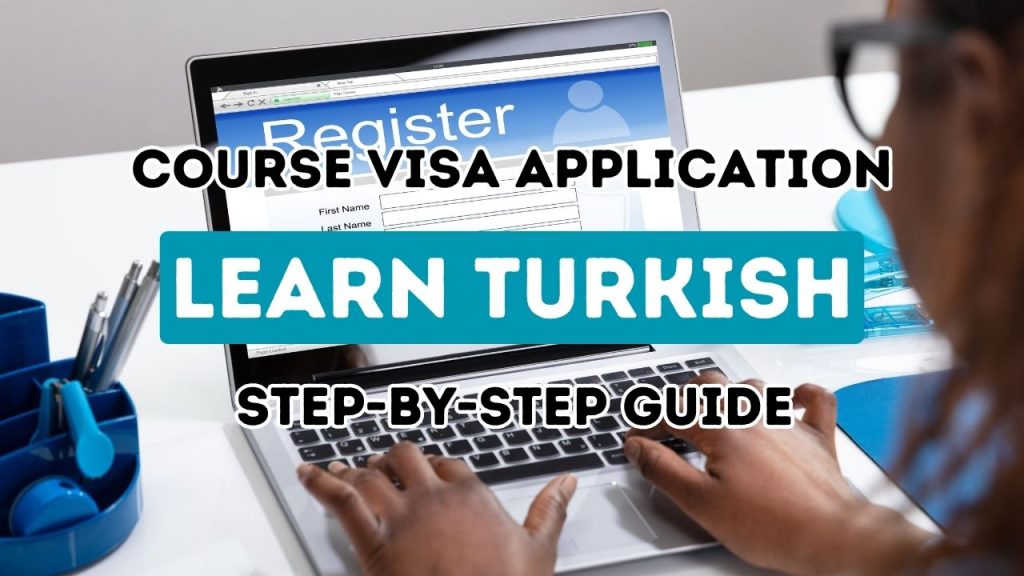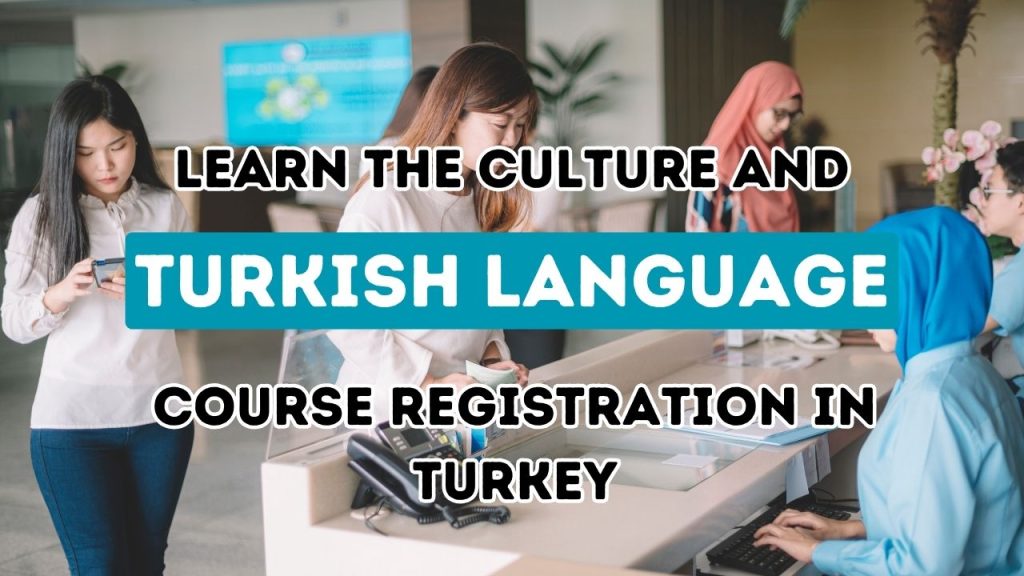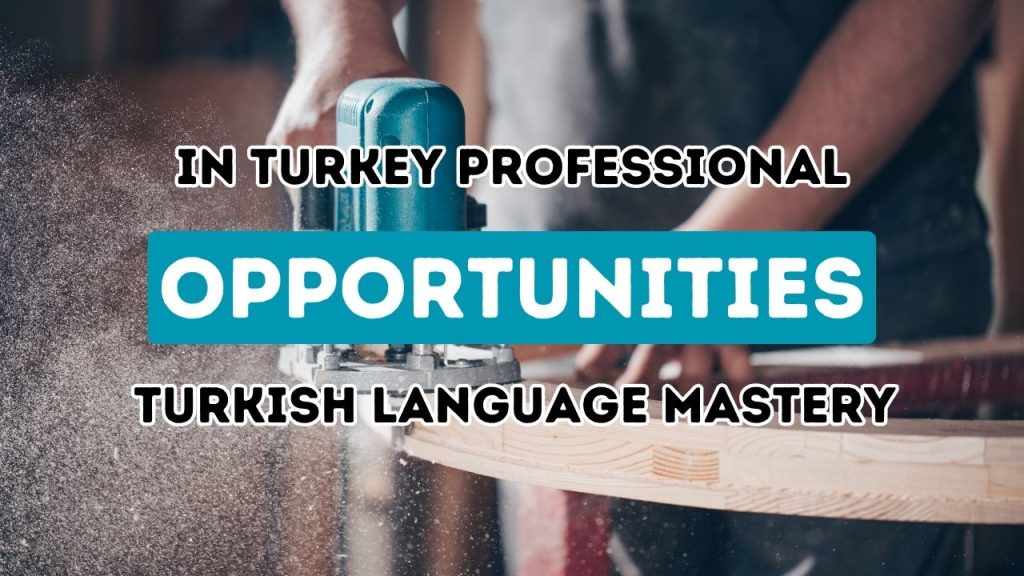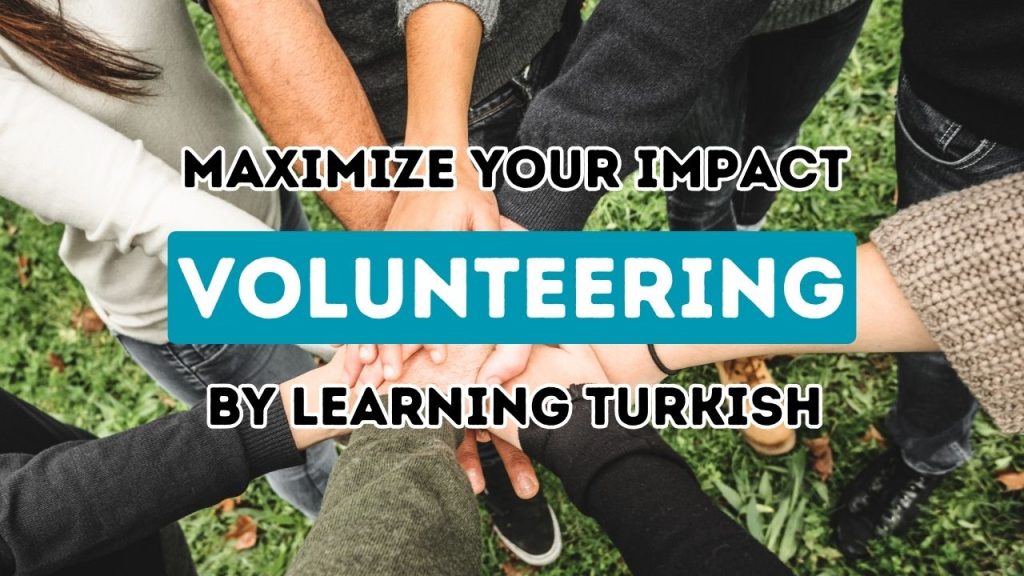Learning Turkish can be as challenging as climbing a steep hill on a foggy morning. For many, the path to mastering Turkish is filled with common difficulties. Pronunciation hurdles, the complexity of grammar, and unique characters all represent significant challenges for Turkish students. Language barriers often arise, making everyday conversations resemble a puzzling game of charades. Have you ever found yourself tangled up in the web of vowel harmony or puzzled by agglutination? These are not just abstract ideas but real obstacles in Turkish language learning. However, recognizing these hurdles is the first step toward overcoming Turkish language issues. By embracing these challenges and breaking them down into manageable parts, you can transform obstacles into stepping stones. Over time, with practice and patience, these barriers fade, ushering in a new fluency and appreciation for the language’s rich tapestry. So, let’s dive in and tackle these issues head-on!
Overcoming Linguistic Hurdles in Turkish Education
One of the trickiest parts of Turkish language learning is tackling those linguistic hurdles that spring up like unexpected roadblocks. Many students face challenges as they wade through the common difficulties in Turkish, especially in mastering its rhythm and musicality. Language barriers in Turkish often involve understanding vowel harmony and the sometimes baffling practice of agglutination. These oddities, though daunting, are not insurmountable. Imagine them as puzzles waiting to be solved—each sound and structure a piece that, once fitted, unfolds the melody of fluency. Overcoming Turkish language issues means embracing these quirks with an open mind, turning frustration into fascination. With consistency and a dash of humor, these seemingly formidable challenges for Turkish students become less intimidating, paving the way for confident and articulate conversation. Remember, every error is a step closer to success; each stumble is an opportunity to rise with renewed vigor.
Learning Turkish isn’t just about memorizing vocabulary; it’s about navigating linguistic hurdles that often leave students scratching their heads. Breaking down these challenges for Turkish students begins with recognizing the common difficulties in Turkish language learning. Take vowel harmony, for instance. It’s a dance of sounds that can bewilder even the most seasoned learners. Then there’s the notorious agglutination, where words stack like building blocks, creating intricate meanings and structures. Yet, overcoming these language barriers in Turkish starts with practice and patience. Picture language as a woven tapestry; with each thread of effort, fluency unfolds. Overcoming Turkish language issues involves turning these complexities into moments of discovery. By approaching each problem with curiosity rather than dread, students transform daunting tasks into enjoyable milestones. With each newfound understanding, apprehension fades, giving way to a clear pathway of linguistic accomplishment. Let’s embrace Turkish education with a spirit of resilience and determination!
Overcoming linguistic hurdles in Turkish education requires more than just rote learning; it’s about embracing the vibrant complexity of the language. Challenges for Turkish students often seem daunting at first glance. However, by shedding light on common difficulties in Turkish, like tackling language barriers or decoding those tricky vowel harmonies, the path becomes clearer. It’s akin to untangling a knot—each thread pulled with patience brings clarity. Overcoming Turkish language issues involves fostering a curious mindset. Engage with the language as you would with a new friend, eager to understand its quirks. Practice consistently, and watch as fluency blooms. Remember, the essence of mastering Turkish language learning lies not in perfection but in persistence. Every misstep is a lesson, an opportunity to polish and refine. Approach each challenge with a smile, transforming obstacles into stepping stones towards linguistic mastery. Embrace the journey, and let the language’s unique rhythm enrich your educational experience.
Adapting to Cultural Nuances in Language Learning
Adapting to cultural nuances is a key aspect of successful Turkish language learning. The journey isn’t just about phrases and grammar; it’s like learning to dance to an unfamiliar tune. One must grasp the unspoken rules of etiquette and humor that play pivotal roles in Turkish conversations. Challenges for Turkish students often emerge here; they might struggle with language barriers as cultural context shapes meaning. Deciphering body language, such as subtle nods or gestures, can feel like solving an intricate puzzle. These common difficulties in Turkish unfold as learners try to match words with cultural expressions. Yet, every stumble in this process is the beginning of understanding. By learning these nuances, one starts overcoming Turkish language issues, moving from bewilderment to genuine communication. Embracing cultural learning enhances the language experience, transforming initial misunderstandings into rich connections with others.
Navigating these cultural waters requires not just knowledge but immersion. Imagine Turkish language learning as crafting an intricate mosaic, where every tile represents a bit of cultural insight. Language barriers for Turkish learners often arise from missing or misplacing these tiles, leading to gaps in understanding. Common difficulties in Turkish often surface unexpectedly, like suddenly facing high winds on a climb, when nuances of sarcasm or indirectness blur clarity. Yet, overcoming Turkish language issues isn’t an elusive dream. It is a journey, where persistence reshapes confusion into clarity. Every shared cup of tea, every heartfelt conversation, adds another vibrant piece to your cultural mosaic. Embracing this rich cultural tapestry breathes life into words, making every lesson a colorful thread in the larger narrative. So, with an open mind and eager heart, every learner can break down language barriers Turkish culture presents, turning challenges into conversation and language learning into an art form.
Amidst the whirlpool of Turkish language learning, humor can be a slippery slope. Imagine standing at a comedy club, listening to a joke that everyone finds hilarious, except you. This moment reflects the challenges for Turkish students when tackling cultural idioms, where humor often veils itself in unfamiliar phrasing. The common difficulties in Turkish may then seem steep, with language barriers Turkish learners face creeping in when humor turns enigmatic. Yet, this isn’t a dead end. Overcoming Turkish language issues involves learning the rhythm of Turkish wit. It’s like tuning a radio—you move slightly, hear static, then suddenly, clear music emerges. The laughter shared once you master this tune not only breaks barriers but forges bonds. This journey transforms what feels like a tangled yarn of misunderstandings into seamless exchanges, where words dance in harmony with cultural undertones.
Strategies for Enhancing Fluency in Turkish
Fluency in Turkish language learning starts with immersion and practice. Start by setting aside time each day dedicated to Turkish. Watch Turkish TV shows, listen to music, or dive into engaging podcasts. These options help tune your ear to the rhythm and nuances of the language. Challenges for Turkish students often relate to pronunciation and understanding the fast pace of native speakers. This is where repetition becomes your greatest ally. Speaking with native Turkish speakers, even if just over a cup of coffee, can be invaluable. Sometimes, language barriers in Turkish arise from fear of making mistakes. Remember, each error is a stepping stone towards mastery, not a setback. Tackling the common difficulties in Turkish isn’t about perfection; it’s about progress. Lastly, don’t overlook the benefits of language apps and tools designed specifically for overcoming Turkish language issues. They offer structured learning paths that can simplify this intricate process.
To boost fluency in Turkish language learning, consider mixing it up with playful creativity. Imagine joining a weekly Turkish conversation club—it’s like a potluck of voices where each person adds a new flavor. This setting breaks the ice and dissolves typical language barriers Turkish students face. Here, laughter becomes the universal language, filling gaps in understanding. Creating flashcards of common difficulties in Turkish can turn study sessions into a game, challenging your memory while keeping it fun. Also, penning short stories or dairies in Turkish can enhance your comfort with the language’s structure. Keep your vocabulary alive by learning a new word each day; this not only enriches your lexicon but also softens the intimidating edges of agglutination. Overcoming Turkish language issues is about persistence, not pressure. Embrace patience, relish small victories, and watch as the language becomes a familiar companion rather than just a stranger at the party.
Investing time in diversifying your study techniques can significantly elevate your fluency in Turkish language learning. Consider leveraging technology to smash through common difficulties in Turkish. Language apps with AI-driven feedback ensure efficient learning by identifying your weak spots. Additionally, overcoming Turkish language issues involves embracing cultural immersion—try cooking Turkish dishes while naming ingredients in Turkish! It’s practical and adds a delightful twist to language barriers Turkish students often experience. Don’t shy away from setting personal milestones, like celebrating when you master complex grammar or unique pronunciations. Engaging in role-playing scenarios can further nurture your conversational skills, transforming challenges for Turkish students into engaging adventures. Also, teaching someone else what you’ve learned reinforces your own understanding. Take each step like a journey, with tiny breakthroughs illuminating your path. Turkish language learning thrives on creativity and consistent effort, each drop of practice paving the way to fluency.





